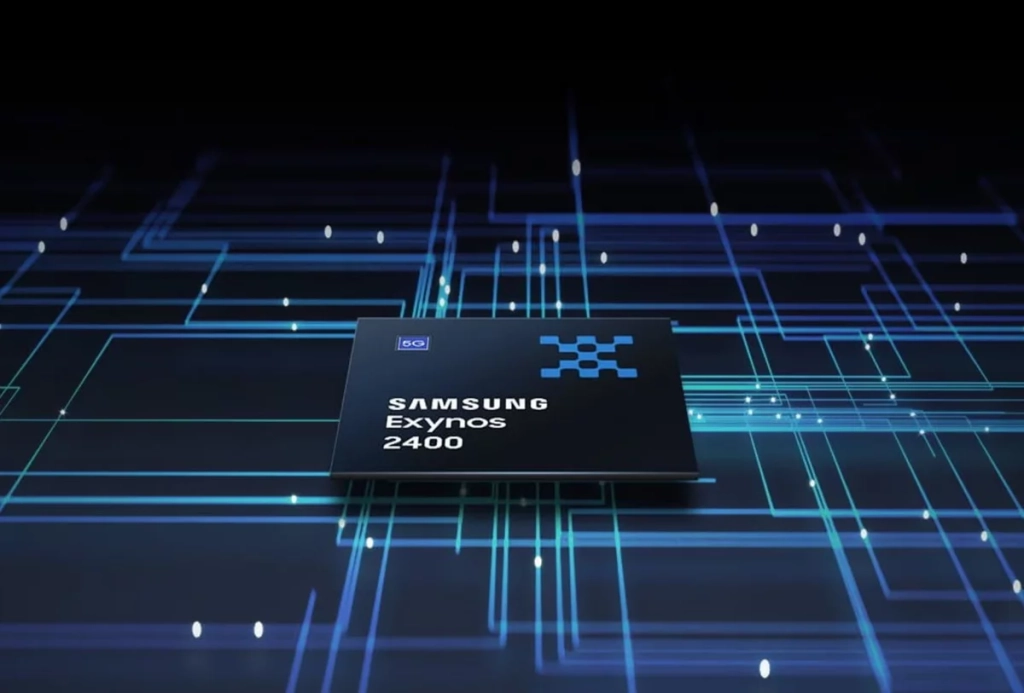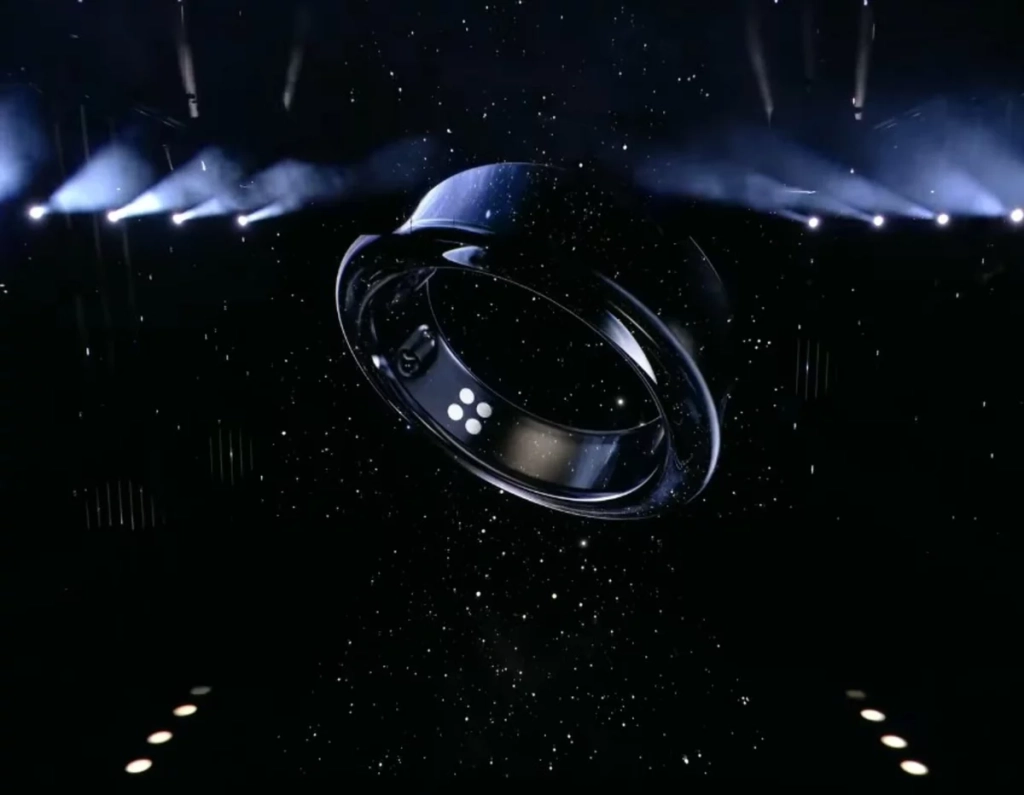NASA will launch its SLS rocket tomorrow for the very first time. On board, 10 satellites will carry out parallel missions.

In Houston, at NASA Headquarters, the hottest activity this week has been counting the hours. A count that gently brings the engineers of the American space agency to a fateful moment. Scheduled for this Saturday around 2:30 p.m., the takeoff of the SLS rocket is a major moment in the history of the agency.
The rocket should indeed take the direction of the Moon, in a mission that will last 42 days. The objective is simple: reach the Moon, go around it, and return to Earth. All without a hitch. This great “life-size rehearsal” mission should enable NASA to ensure that everything will be fine in two years, when this same mission will be carried out, with astronauts on board.
NEA-Scout: a sailing probe
But Artemis 1 – that’s the name of this week’s mission – won’t “just” fly to the Moon. Indeed, NASA has planned to release ten small satellites along the way, to carry out parallel missions. While many of them will be interested in our satellite, which is the heart of the mission, others are using the SLS as a launching pad for a completely different objective.
This is particularly the case of NEA-Scout, a small satellite (CubeSat) of barely 14 kilograms that must take the direction of the asteroid 2020 GE. It should come into contact with the latter thanks to its solar sail, a method of propulsion very little used in the space industry. In France, only the Gama Space company relies on this technology to send a probe into deep space.
CuSP: a weather station in space
Among the other satellites which will not take the direction of the Moon, we can note the CuSP mission which stands out. The latter, composed of a CubeSat of a few tens of centimeters on a side, will take the direction of the Sun. It will travel with the SLS to the edges of the atmosphere before following its own trajectory.
The goal of CuSP is to be a true space weather station, able to provide us with information on winds and solar flares before they reach our level. As a reminder, the solar wind blows at a speed of 800 km/s, for the fastest, it is, therefore, possible to study it before it arrives at us.






Leave a comment